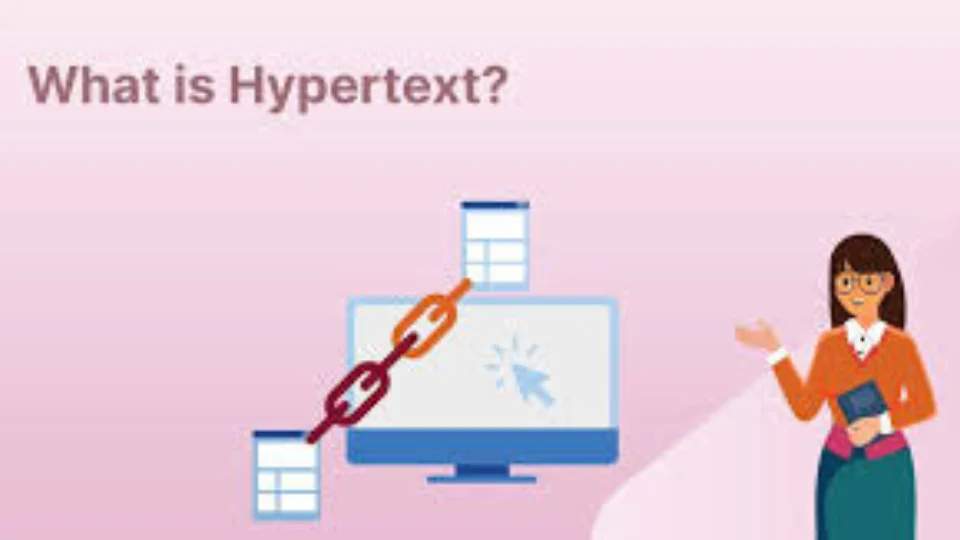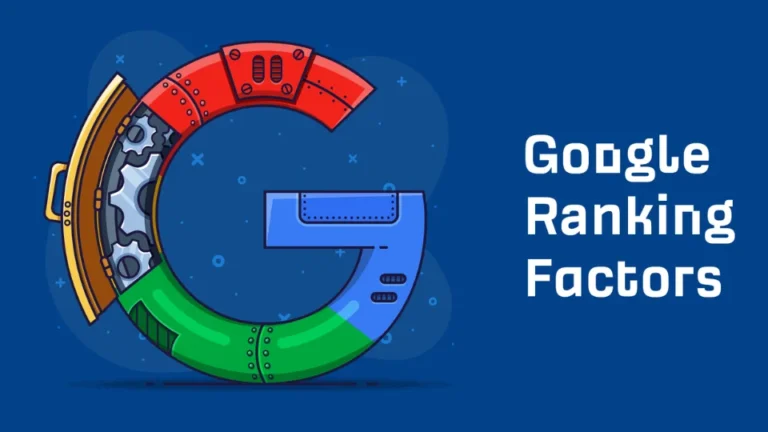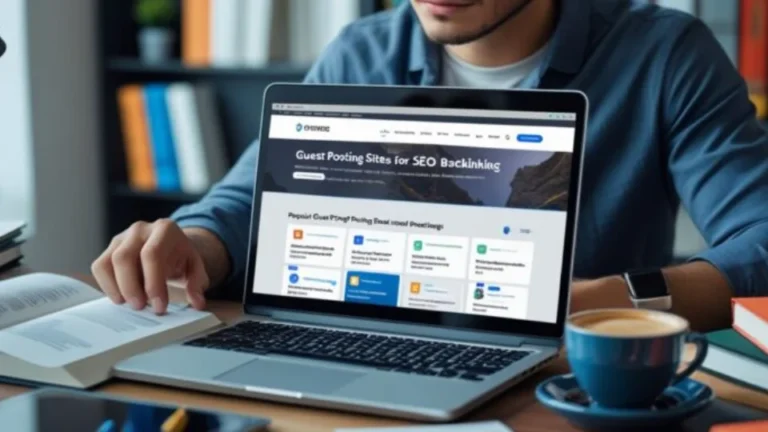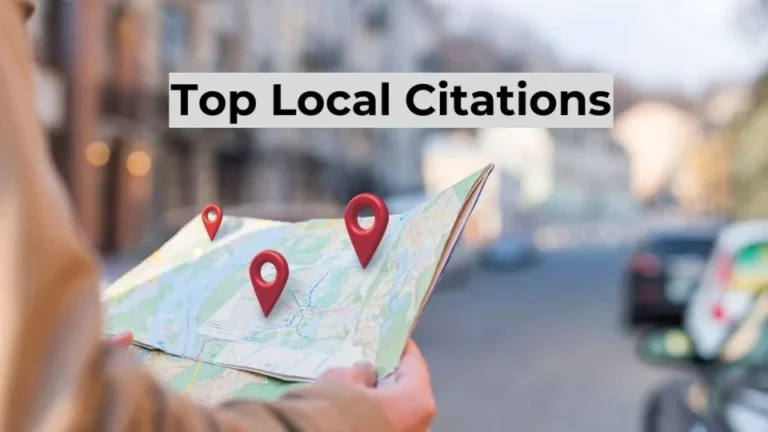What Is Hypertext? A Complete Guide for Beginners
Have you ever clicked on a word or image on a webpage and been taken to another page or resource? If so, you’ve interacted with hypertext. Hypertext is one of the core building blocks of the modern internet, yet many people don’t realize just how important it is.
In this article, we’ll break down exactly what hypertext is, how it works, why it matters, and how it compares to similar technologies. Whether you’re a student, website owner, or just curious, this guide will make hypertext easy to understand.
What Is Hypertext?
Hypertext refers to text that contains links to other text or content. These links, often called hyperlinks, allow readers to navigate between different parts of a document or across various documents by simply clicking.
Key Features of Hypertext:

- Connects related pieces of information.
- Allows non-linear navigation (you choose your path).
- Forms the foundation of the World Wide Web.
In simple terms, hypertext turns static text into interactive experiences.
How Hypertext Works

Hypertext works by embedding clickable links within text or images. When users click these links, they are taken to another section of the same page, a different page, or even an external site.
Here’s a basic overview of how it functions:
- Anchor text (the clickable text) is highlighted.
- Hyperlink (a URL or reference) is attached to the anchor text.
- A user clicks the anchor text and is redirected to the linked resource.
Behind the scenes, HTML (HyperText Markup Language) is used to create these links, using the <a> tag to define anchor points.
A Brief History of Hypertext

The concept of hypertext dates back to the 1940s when Vannevar Bush proposed the idea of the “Memex” in his article “As We May Think.” Later, in 1965, Ted Nelson coined the term “hypertext.”
The real breakthrough came in 1989 when Tim Berners-Lee invented the World Wide Web, using hypertext as a core principle for connecting web pages.
Types of Hypertext
Hypertext can be categorized into several types:
- Static Hypertext: Fixed hyperlinks that don’t change after being set.
- Dynamic Hypertext: Links that change depending on user interactions or updates.
- Adaptive Hypertext: Systems that adjust links based on user preferences or history.
- Meta-Hypertext: Hypertext structures that link to other sets of hypertext documents.
Each type offers different levels of interactivity and personalization.
Hypertext vs Hypermedia: What’s the Difference?
Often, people confuse hypertext with hypermedia. Here’s a comparison to make it clearer:
| Feature | Hypertext | Hypermedia |
|---|---|---|
| Content Type | Text-only links | Links to text, images, video, sound |
| Example | Linked articles | Linked videos, music, animations |
| Complexity | Simpler structure | More complex and multimedia-based |
| Use Case | Reading documents, research | Interactive websites, online education |
Hypertext is strictly about linking text, while hypermedia expands this idea to include multimedia content.
Importance of Hypertext Today
Hypertext remains vital to the internet and digital communication because:
- It allows quick and easy navigation.
- It connects related topics seamlessly.
- It improves information accessibility.
- It creates a more dynamic and engaging user experience.
Without hypertext, websites would be little more than isolated pages with no way to move between them easily.
Pros and Cons of Hypertext
Pros of Hypertext
- Easy Navigation: Readers can jump between sections quickly.
- Increases User Engagement: Encourages exploration of more content.
- Organizes Complex Information: Helps break down large topics into manageable parts.
- Foundation of the Web: Essential for internet functionality.
Cons of Hypertext
- Overwhelming for Users: Too many links can confuse readers.
- Distraction Risk: Users may jump away from important content too soon.
- Requires Good Design: Poorly designed hypertext can harm user experience.
- Link Rot: Hyperlinks can become outdated or broken over time.
Real-World Examples of Hypertext
Hypertext is everywhere online, including:
- Wikipedia articles with internal and external links.
- Blogs that link to other blog posts or resources.
- Online newspapers with links to related stories.
- E-commerce sites linking products and categories.
Every time you click from one web page to another, you’re experiencing hypertext in action.
How Hypertext Shapes SEO (Search Engine Optimization)
Hypertext, especially anchor text and internal linking, plays a critical role in SEO.
How hypertext helps SEO:
- Internal Links: Help search engines crawl and understand your site structure.
- Anchor Text Optimization: Tells search engines what the linked page is about.
- User Experience: Good linking structures improve time on site and reduce bounce rates.
- Link Equity: Distributes page authority across your website.
Building a smart internal linking strategy with effective hypertext is key to higher search rankings.
Frequently Asked Questions (FAQ)
What is the difference between hyperlink and hypertext?
Hypertext refers to the system of linking, while a hyperlink is the individual clickable element that connects two pieces of content.
Is HTML the same as hypertext?
HTML stands for HyperText Markup Language. It’s the coding language used to create and format hypertext on web pages.
Can hypertext include images or videos?
No, hypertext deals only with text. If links involve images, videos, or other media, it is considered hypermedia.
Why is hypertext important?
Hypertext makes the web interactive and easy to navigate. It helps organize information efficiently and enhances user experience.
What are examples of hypertext systems?
Examples include the World Wide Web, wikis, eBooks with navigation, and content management systems (CMS) like WordPress.
Conclusion: Why Hypertext Matters in a Digital World
Hypertext is more than just clickable words; it’s the foundation of the web as we know it. It connects ideas, allows easy access to information, improves usability, and plays a significant role in SEO.
Understanding hypertext helps users, web designers, marketers, and businesses create better online experiences. Whether you’re browsing Wikipedia, shopping online, or learning through online courses, hypertext is the bridge making it all possible.
Ready to build a better website or blog?
Start by mastering the art of smart hypertext linking — it could be the key to engaging more readers and boosting your online visibility.







